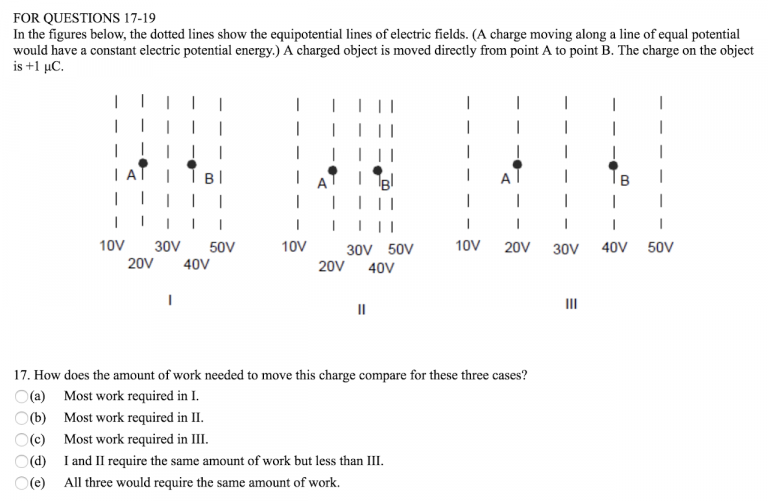Conceptual Survey of Electricity and Magnetism (CSEM)
Purpose
The Conceptual Survey of Electricity and Magnetism (CSEM) assesses students understanding of basic concepts in electricity and magnetism including one-dimensional kinematics, Newton’s laws, two-dimensional motion with constant acceleration, and vector sums.
Population
The CSEM is commonly administered in introductory college electricity and magnetism courses (algebra-based and calculus-based).
Typical Performance
Maloney and colleagues (2001) found that calculus-based students average pretest score was 31% and average posttest score was 47%. These scores were 25% and 44% respectivley for algebra-based students.
As the LASSO database grows and includes more results from the CSEM, we expect to integrate more detailed results on the performance typically found in introductory physics courses.
Validity
Maloney and colleagues developed the CSEM using student explanations to both open-ended and multiple choice questions. They developed validity arguments for the instrument using expert review of the questions and appropriate statistical analyses. The test covers a useful range of difficulties for calculus-based and algebra-based introductory physics courses and discriminates between students that do and do not understand the material.
Maloney, D. P., O’Kuma, T. L., Hieggelke, C. J., & Van Heuvelen, A. (2001). Surveying students’ conceptual knowledge of electricity and magnetism. American Journal of Physics, 69(S1), S12-S23.
Laverty, J. T., & Caballero, M. D. (2018). Analysis of the most common concept inventories in physics: What are we assessing?. Physical Review Physics Education Research, 14(1), 010123.
Research
The research conducted with the CSEM is broad. We recommend reviewing the citations listed below to find articles of interest.
Henderson, R., Stewart, G., Stewart, J., Michaluk, L., & Traxler, A. (2017). Exploring the gender gap in the conceptual survey of electricity and magnetism. Physical Review Physics Education Research, 13(2), 020114.
Zabriskie, C., & Stewart, J. (2019). Multidimensional item response theory and the conceptual survey of electricity and magnetism. Physical Review Physics Education Research, 15(2), 020107.
Eaton, P., Johnson, K., Frank, B., & Willoughby, S. (2019). Classical test theory and item response theory comparison of the brief electricity and magnetism assessment and the conceptual survey of electricity and magnetism. Physical Review Physics Education Research, 15(1), 010102.
Example LASSO Report
Please follow this link to our example report for concept inventories.
Similar Instruments
More Information
For more information, please visit the Physport webpage on the CSEM.

